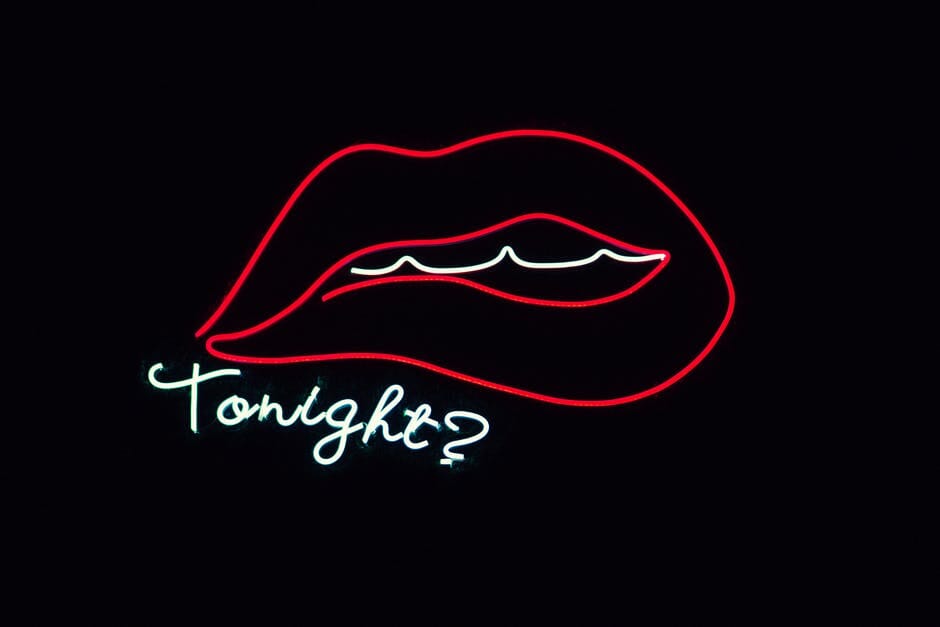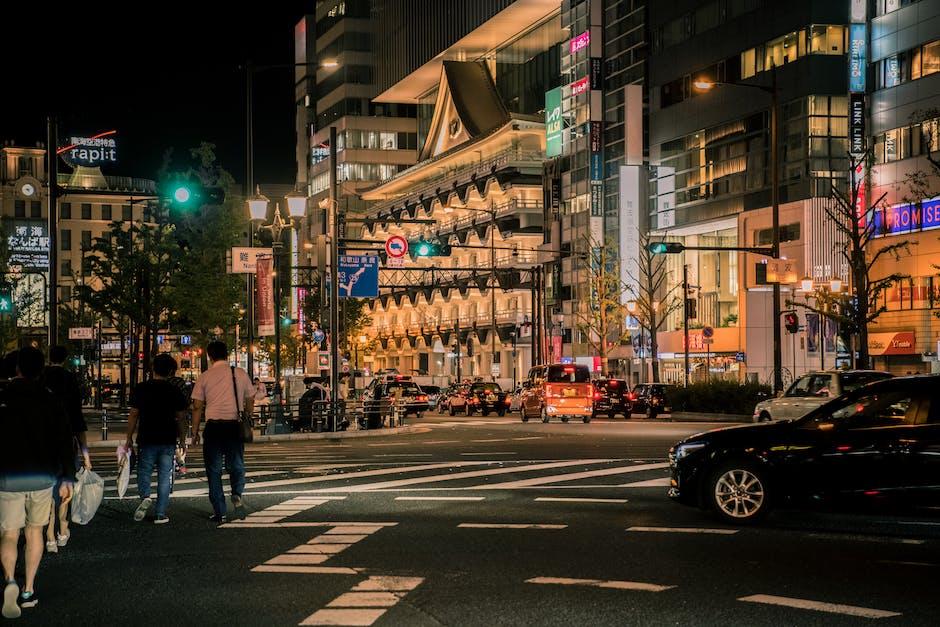Choosing a color
Some Common Signage Mishaps When Installing Signs. Even if you’re installing signage for your own property, it is best to consult a professional before selecting colors for your sign. Someone who knows how to choose appropriate signs will be able to tell you whether or not red is an ideal choice for where you are.
There is a common misconception that people assume a business’s color choices are fraudulent. This isn’t true! There are good reasons for every decision in choosing a logo color.
If you want to give yourself some extra time when trying on clothes, look up “fashion” or “costume” codes. These types of codes can help you identify logos from backgrounds by giving them interesting shapes.
Making signs too small
This is one of the most common sign installation mistakes that businesses make. They run out of space to put their name, logo, or message in large letters.
When someone walks by, they cannot read the name because it is so tiny. Even if they were looking for your business, you want them to remember your name and brand.
Your signage should be an extension of yourself. If your name is short, say it with capital letters. Let your name become its own word through bolding or picking a good font.
Also, keep in mind how people scan spaces. They don’t usually stop to read everything. You want people to get a quick look at your name and then move on to what they wanted to see in the first place.
Put some thought into the size of your names and the way you spell them. Not only does this help consumers orient themselves, but it helps messages stay front-of-mind once they begin reading.
Not having a template
A lot of companies make the mistake of not making sign templates, or they make simple ones that don’t show depth. If you don’t have a template it is hard to know if your signage is effective or not. You also need to change the template colors every time you want to update your message.
A few signs in the same color may look good but when you start combining signals from different signs (based on their shape, size and position), things get ugly quickly. It is all about keeping everything consistent while maintaining distance between each other.
Also, without knowing what your signal is, how can you be sure that it isn’t taking up space that could better serve your company? Your customers should be able to tell two separate ideas are coming together by looking at one another.
Don’t waste your time recreating the wheel; people have done that before and for a reason. There are many free online generators available that will give you customizable shapes. Resources help keep track of where concepts originate, who used them, and why.
Missing key signs
Even if you’re installing your sign yourself, it can be easy to miss putting in a key sign. Most key signs have special instructions that make sense for a left-handed person or anyone who is not right eye dominant.
If you don’t follow these instructions, you risk making your sign less effective or even damaging it entirely.
Also make sure that all of the key signs on your signage are different lengths. While this will help people identify which sign they need inside their car, it makes measuring for an overall size much harder.
Finally, check between each set of doors how many spaces there are between them. People are really careful about choosing entrance times on highways, so look around for places where you could put down some curtains to make it look more uniform.
These are all things you should be aware of when you try to install a key sign. Luckily, we managedto find two professional graphic designers who agreed to work with us to make our signage better than what we had originally planned.
Not having a business license
Even if you don’t have a store, most cities require that you have a valid city-issued business license. If you work at a place like Subway has a required permit? You need to get with their office and get this license!
It is very important to follow all signage regulations as they pertain to your brand and style.
You want to make sure that when people look at your logo or marketing material, they should be able to identify what your company name is and who you are.
If you open your doors for business, you want to make sure you are up front about legal matters, including licensing requirements.
Some locations of your establishment may not allow children under 13, no adults over age 65, or any outside food/drink permitted. Let them know if you plan to offer such things), and put signs in fairly obvious places.
Not ensuring copyright
Even if you’re installing your own sign, it is important to properly write over any copyrighted symbols or logos that may be on your signs. You want to make sure they are not removed or obscured in some way.
Copyright laws can be complicated. If you are worried about this issue, hire someone who specializes in trademark and copyright law to help them determine what you need to put on your signage and how to protect it.
For instance, don’t use the word “trademark” everywhere (it has to have significance) but do use it where it makes sense for your business—you can still use the full name of your business—the name itself is protected by law as a trademark.
Also remember that you must renew your registration every year; there is a fee involved. And one other thing to note – everything you produce gets marked up with your logo. Everything from printed materials, to certificates, to domain names, etc., needs to have their signature made known to everyone else.
In short, hiring somebody to create all new signage could end up costing you more money than you actually invest to promote yourself. By doing so, you lose out on valuable time saved spending hours searching for employees.
Making signs too large
Most people make the mistake of making their signage two feet by three inches or smaller. There’s no doubt that this is the standard size in most stores, but you should keep in mind how many different types of businesses there are, including retail, restaurants, and hotels.
If you have a one-store operation, then your sign shouldn’t be much larger than it needs to be. But as you expand, try to limit the amount you spend.
Also consider having some form of customization where you can order various sizes of signs according to the client’s preference. The same goes for ordering graphics when they need an immediate answer.
Making signs too bright
Another common mistake is making your signs too brightly colored or over-attractive. People will look at your sign more often if it’s attractive, but they’ll remember it better if you keep the wording simple and the coloration low. Avoid filling your sign with colorful words and pictures that scream “Look at me!”
Too many people install large, fancy signs that take up an entire lane of traffic. But studies show that very few people actually walk around them. It may even hurt your business by reducing the number of visitors who stop to check out their signage.
You also don’t want to make your signs so vivid that they confuse drivers heading in one direction about where all the lanes are.
Keeping your signs simple and uncluttered makes them easier to read and adjust for pedestrians. And the less distracting the information on the sign is, the more likely people are to pay attention to what you have written.
Using the wrong color of paint
Color can be an overwhelming decision when it comes to signage. There are so many different colors to choose from, and we often mistake one shade for another.
When installing signs, there are very specific colors that should be used to match each other.
If you’re building your own sign, use the same color every time to make it readable. If you’re paying someone else to build their own sign, they will know which color means business.
Also, depending on the nature of the work you are doing, you may need to bring in supplies such as tools or vehicles to coordinate with the logo you have designed.
Table of Contents
Toggle







